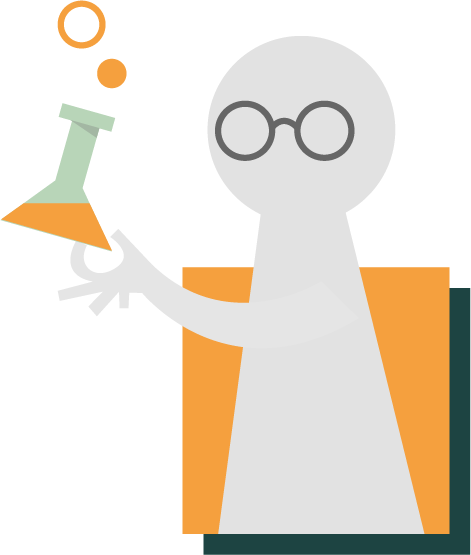Full screen
Share
Show pages












Understanding the CRQ
Ryan McConville
Created on May 10, 2021
Over 30 million people create interactive content in Genially
Check out what others have designed:
12 PRINCIPLES OF ANIMATION
Vertical infographics
HOW TO CREATE THE PERFECT VIRTUAL WORKSPACE
Vertical infographics
WHY WE LIKE INFOGRAPHICS
Vertical infographics
BOOKFLIX
Vertical infographics
Transcript
Reliability (2)
Understanding the CRQ
Explain—means to make plain or understandable; to give reasons for or causes of; to show the logical development or relationship of something.
The response to question 3 will be based on relationships between documents 1 and 2 allowing students to identify and explain these relationships:
DIRECTIONS: Analyze the documents and answer the short-answer questions that follow each document in the space provided. YOU SHOULD USE THE ACE STRATEGRY TO ANSWER THESE QUESTIONS
tYPES OF qUESTIONS
Sources
GEOGRAPHIC CONTEXT (1)
Comparison (3)
Turning Point (3)
Causation (3)
HISTORICAL CONTEXT (1)
Questions 1, 2, and 3 of CRQ. HERE ARE SOME BASIC DEFINITIONS
Identify—means to put a name to or to name
CONSTRUCTED RESPONSE QUESTIONS (CRQ)
These questions are based on the accompanying documents and are designed to test your ability to work with historical documents.
PREPARING FOR THE EXAM
SHORT-ANSWER: CONSTRUCTED RESPONSE QUESTIONS
Identify and Explain a Cause-and-Effect relationship between events, ideas, or historical developments Identify a Turning Point associated with the historic change that took place in the period between the documents AND Explain why it is a turning point Identify a Similarity or a Difference between XXX and YYY AND Explain why it is a similarity or a difference The response to question 3 must include evidence from both documents 1 and 2.
Will most likely be a primary source! The response to question 2a provides the opportunity for students to address: Bias or Point of View or Audience or Purpose The response to question 2b provides the opportunity for students to address reliability for a specific use.
May be a primary or secondary source The response to question 1 requires the student to include historical circumstances OR to include geographic context.
Relationship between Document 1 & Document 2: Synthesis
QUESTION 3
QUESTION 2: Sourcing
QUESTION: 1
Historical/Geographic Context
CRQ QUESTIONS 1,2,3
CLOSER LOOK
Reliability—is determined by how accurate and useful the information found in a source is for a specific purpose. Reliability—is determined by how accurate and useful the information found in a source is for a specific purpose.
Geographic Context—refers to where this historical development/event is taking place and why it is taking place there.
Historical Context—refers to the historical circumstances that led to thisevent/idea/historical development.
Sources
QUESTION 2
QUESTION 1
TYPES OF QUESTION AND DEFINITION
THE DETAILS
Responses will need to clearly identify a similarity or a difference and explain that similarity or difference using evidence from both documents 1 and 2
Similarity—tells how something is alike or the same as something else. Difference—tells how something is not alike or not the same as something else
Responses will need to both identify the turning point and explain why it is a turning point. The explanation must include evidence from both documents 1 and 2.
Turning point—is a major event, idea, or historical development that brings about significant change. It can be local, regional, national, or global.
The response will need to identify and explain a cause-and-effect relationship using evidence from both documents 1 and 2. The explanation should make clear what the cause is and what the effect is
Cause—refers to something that contributes to the occurrence of an event, the rise of an idea, or the bringing about of a development. Effect—refers to what happens as a consequence (result, impact, outcome) of an event, an idea, or a development.
Comparison
Sources
Turning PoinT
Causation
QUESTION 3
THE DETAILS

